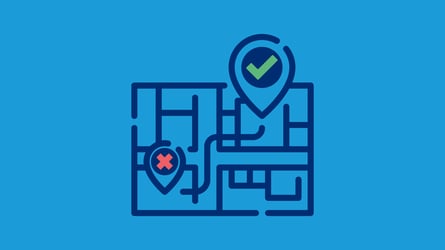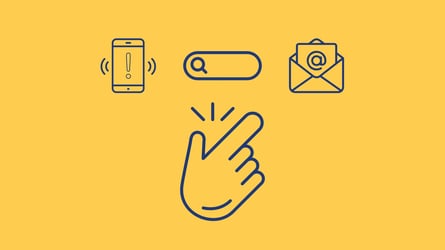As every PR professional knows, a crisis can happen at any time. With the growth of social media and a 24 hour global news cycle, the speed and scale at which a crisis can spread is faster and larger than ever before. Inevitably, this has made crisis management difficult, especially without the help of specialist tools. But with the right social intelligence software, PR and Communications teams can better manage a potential crisis situation.
Social data is particularly helpful in two stages of a crisis: detecting a problem and managing the crisis. The following will explain how you can use insights from Talkwalker IQ Apps, to manage these two stages quickly and effectively.
Detecting a Crisis
Understanding the sentiment towards your company, brand and/or client is the first step towards detecting a potential crisis. Spikes in negative and even neutral activity should be treated with caution as they could be the first indicators of an oncoming crisis.
1. How much negativity is there?
The above metrics give you an instant idea of whether you are facing an impending crisis. By looking at the share of sentiment you can see what proportion of mentions of your company or brand are positive, negative or neutral. The two mention gauges (middle) give you the total numbers of results and the total negative results with an indication of how this has changed from the previous period.
By looking at spikes in negative (or even neutral mentions) you can quickly see whether potentially problematic online discussions are on the rise. By comparing the volume of total mentions to the volume of negative mentions you can instantly get an idea of the scale of the issue you are dealing with.
2. Understanding Negativity
Having tracked the timing and the volume of negative mentions, you now need to quickly understand where the issue is originating and what it is about.
The top two tables show you which media channels critical conversations are originating from divided by levels of engagement, potential reach and number of results. The three theme clouds below them show you the main topics linked with your brand, the negative mentions linked with your brand and the negative hashtags.
By knowing which media channels are generating the most conversation you can start to target your crisis communications accordingly. Understanding the topics and hashtags linked to your brand helps you get a deeper knowledge of exactly how the crisis is being discussed which, in turn, gives you an idea of how to shape your messaging.
3. Crisis Locations
A world map of mention locations shows you where social conversations are taking place and the volume of discussion in each region.
For global brands in particular, knowing which countries or regions to focus on can help save valuable time when devising a global communications strategy, especially if actions need to be coordinated with regional partners.
Managing an Ongoing Crisis
Once you have detected a crisis that needs to be dealt with, the next step is managing that crisis and digging deeper into its causes and the way in which it is spreading.
1. Change Over Time
The top three gauges show you the total level of mentions and engagement as well as the potential reach of these mentions. The ticker shows whether this level has increased or decreased in comparison to the previous period. The line graph below them shows levels of positive and negative mentions over the last seven days.
With this information PR professionals can track the progression of a crisis situation with hard social metrics and see whether the problem is increasing or decreasing. The engagement and potential reach figures give a sense of how far the crisis has proliferated and how much interest it is generating among the online public.
2. A Clearer Picture
The top two charts show the reach and engagement of mentions about your company divided by media types (top left) and the sentiment chart (top right) shows the positivity and negativity by media type. The theme clouds below them hone in on just the negative topics and hashtags that are being discussed in relation to your brand.
By understanding the reach, engagement and sentiment by media type, you can quickly see which media channels are having the biggest effect on your company’s social reputation. By cross-referencing the sentiment with the engagement level for example, you can hone in on the problem areas and present your message more effectively on those platforms.
3. Who are the Influencers?
The top results (top left) show all the results classed as negative across all media channels whereas the results on the top right show only negative Twitter results. The table below them shows the Twitter accounts that have posted the largest number of negative results sorted by the level of engagement they have generated.
Influencers are a key part of any communications strategy in the social media age and understanding exactly what they are saying about your company is critical. Engagement figures help you to establish exactly who is the most influential, helping you prioritise your communications activities.
Managing a crisis is never easy but intelligent social listening can help you save time and find crucial insights quickly. Talkwalker IQ Apps for Crisis Management display only the most relevant social metrics so you don't lose precious minutes searching for the relevant graph or creating the appropriate dashboard.
By following these six steps and using fast, easy to use and intuitive software you can make sure that your next crisis doesn’t spiral out of control.
Image Credit: Adnan Islam on flickr.com. Image resized to 1024 x 582



